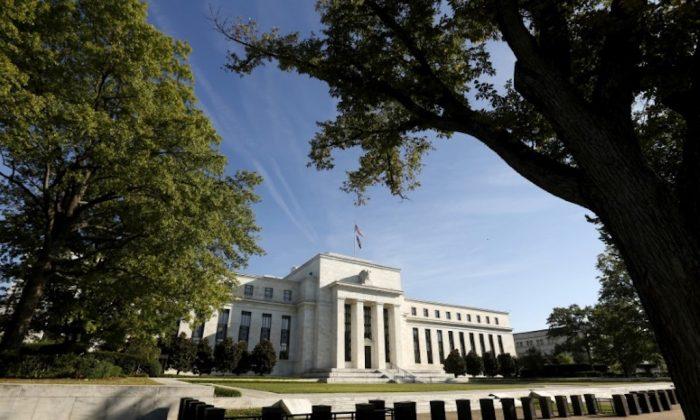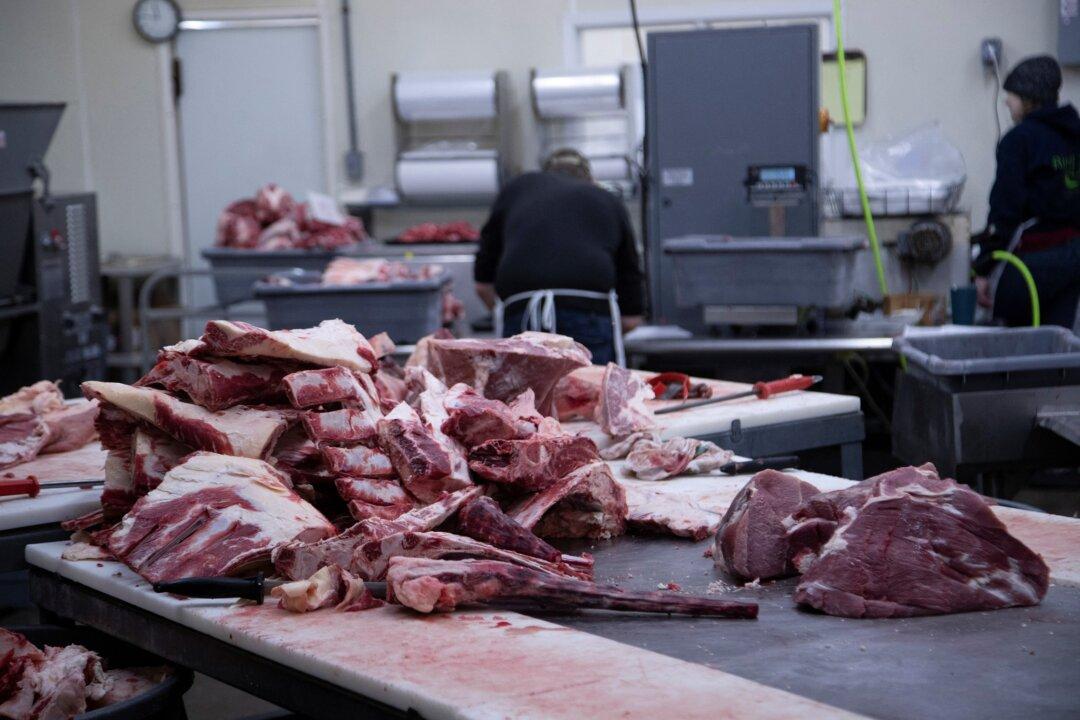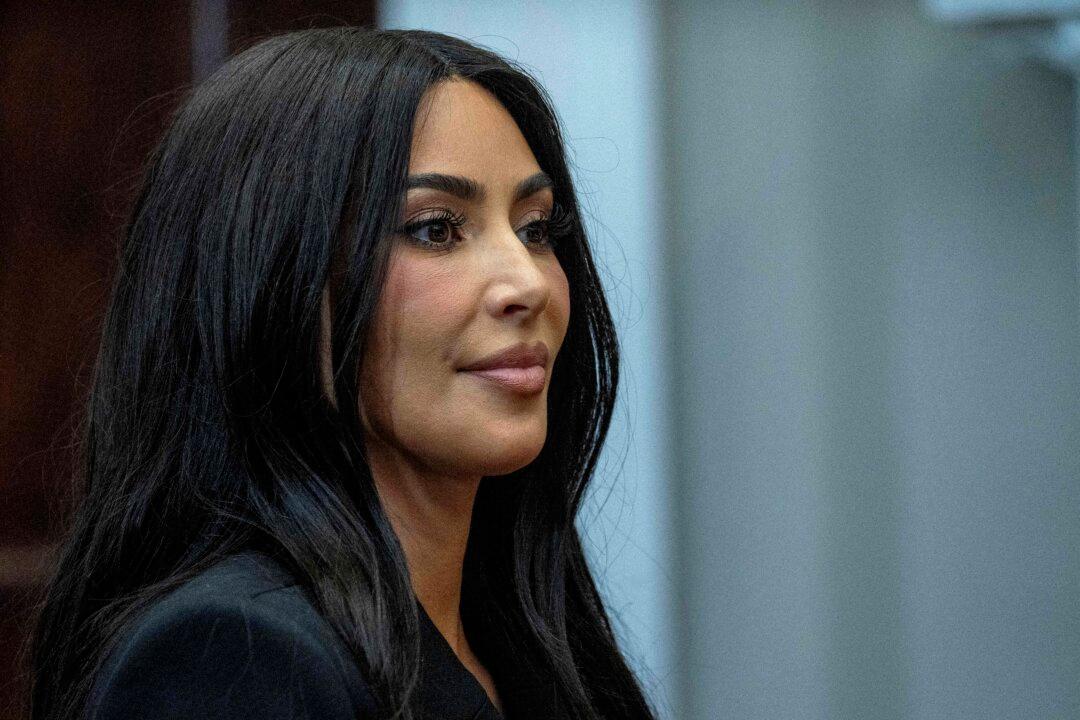FAIRFAX, Va.—U.S. interest rates have room to rise further given the remarkable strength of the U.S. economy, the Federal Reserve’s newest regional Fed president said on Monday in his first major speech on monetary policy since he was appointed.
“Monetary policy is still pretty accommodative...when unemployment is low and inflation is effectively at our target, we probably ought to go to neutral in that environment,” Richmond Fed president Thomas Barkin told an audience at George Mason University in Fairfax, Virginia. He is a voting member of the Fed’s rate-setting committee this year after having joined the Richmond Fed in January.
In a wide-ranging speech, Barkin also said the strong jobs market was not resulting in outsized wage pressures. Previously an executive at global consulting firm McKinsey & Co, Barkin cautioned that the Trump administration’s plan for tariffs was already causing concern among his business contacts.
“The economy’s performance as we sit here today is remarkably strong: above trend growth, low unemployment, inflation at target,” Barkin said, although he declined to comment on how many times he expects the Fed to raise interest rates this year.
The Fed unanimously decided to raise rates in March and currently forecasts another two increases this year, although an increasing number of policymakers see three as possible.
‘Neutral’ refers to the longer-term interest rate the Fed sees current interest rates rising to and is the level at which interest rates neither stimulate nor curb economic activity.
The Fed slightly raised its estimate of the longer-term “neutral” rate to 2.9 percent in March.
Barkin said he hoped to bring his management perspective to the U.S. central bank and peppered his remarks with references to the business community, in particular with regard to the threat of tariffs on the economy.
“It’s not clear what’s going to be implemented in the end…but there is an issue on business confidence and the business people that I talk to who were almost euphoric in January are now nervous. And they’re nervous about where the macroeconomy is going,” he said.
Barkin noted that how far interest rates ultimately rise depends on whether there is any improvement in lackluster productivity. He added that he believes the lack of inflation pressures was in part due to structural changes in the retail landscape, including the impact of large internet sellers such as Amazon.
He also said that he does still believe that a prolonged period of low unemployment will result in an increase in inflationary pressures.
Barkin’s predecessor, Jeffrey Lacker, was one of the U.S. central bank’s most reliable proponents of interest rate increases.
The Fed’s next policy meeting is on June 12-13, at which investors overwhelmingly expect a rate hike.





